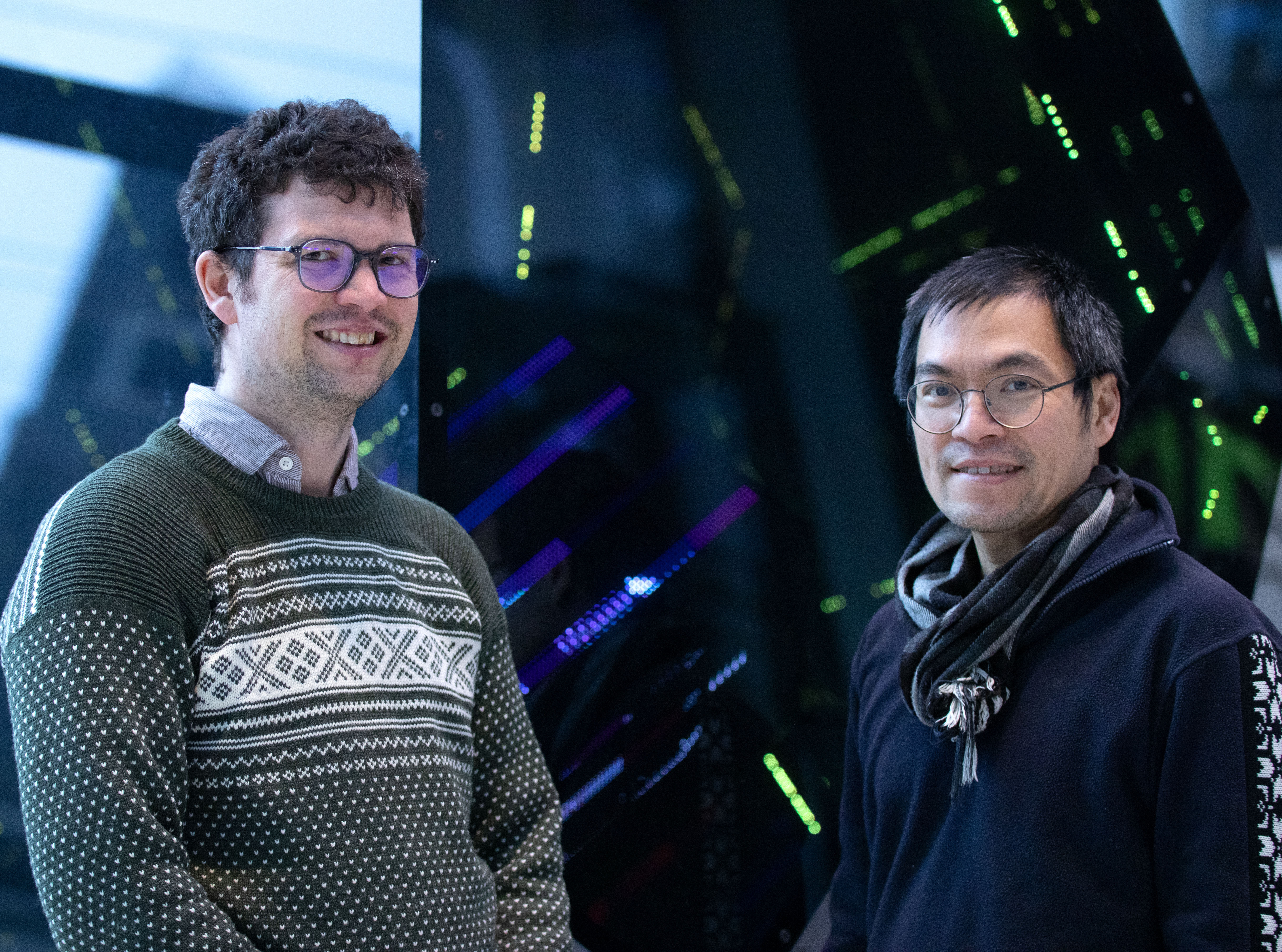The ocean absorbs around 25% of carbon emissions from human activity each year. The quantity of carbon absorbed by the ocean is removed from the atmosphere. This has a significant impact on global warming pathways and thus helps limit climate change. However, we don’t fully understand how this works. Estimates of the amount of carbon being absorbed by the ocean vary from year to year.
– The variation from year to year can reach 20% of the average uptake in areas like the equatorial pacific and Southern Ocean. This variation is driven by the natural variability of the Earth’s climate and can be amplified by climate change. For example, we know that during El Niño years, the CO2 absorption is usually stronger. But in many other areas, such as the Pacific and the North Atlantic, we know very little of the drivers, researcher Damien Couespel explains.
– In these areas we need a detailed understanding so we can better predict future climate change as well as detect and attribute human-induced changes to the climate, Couespel adds.

